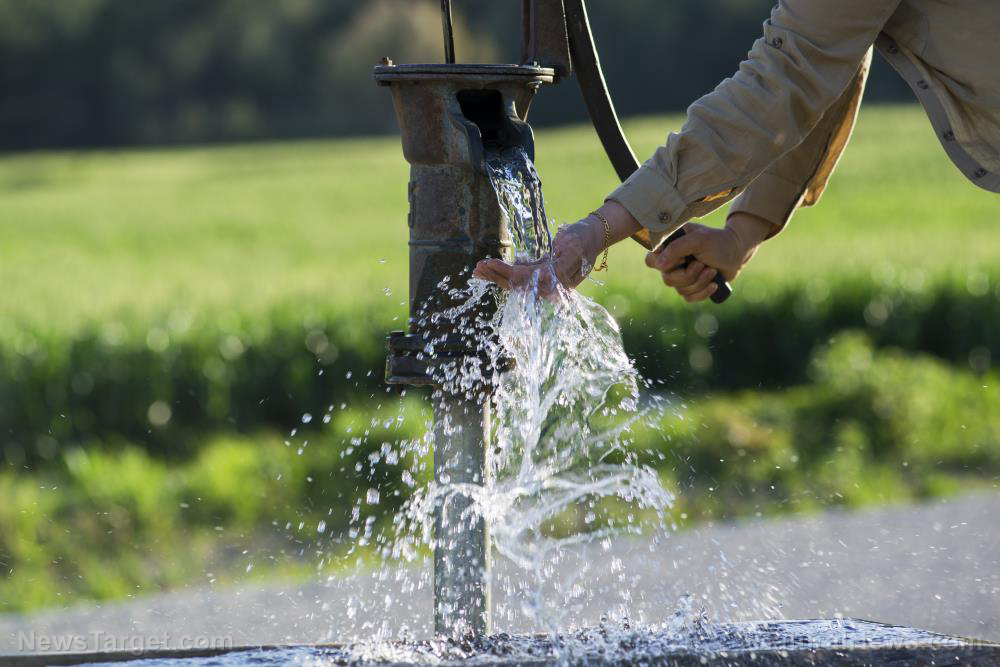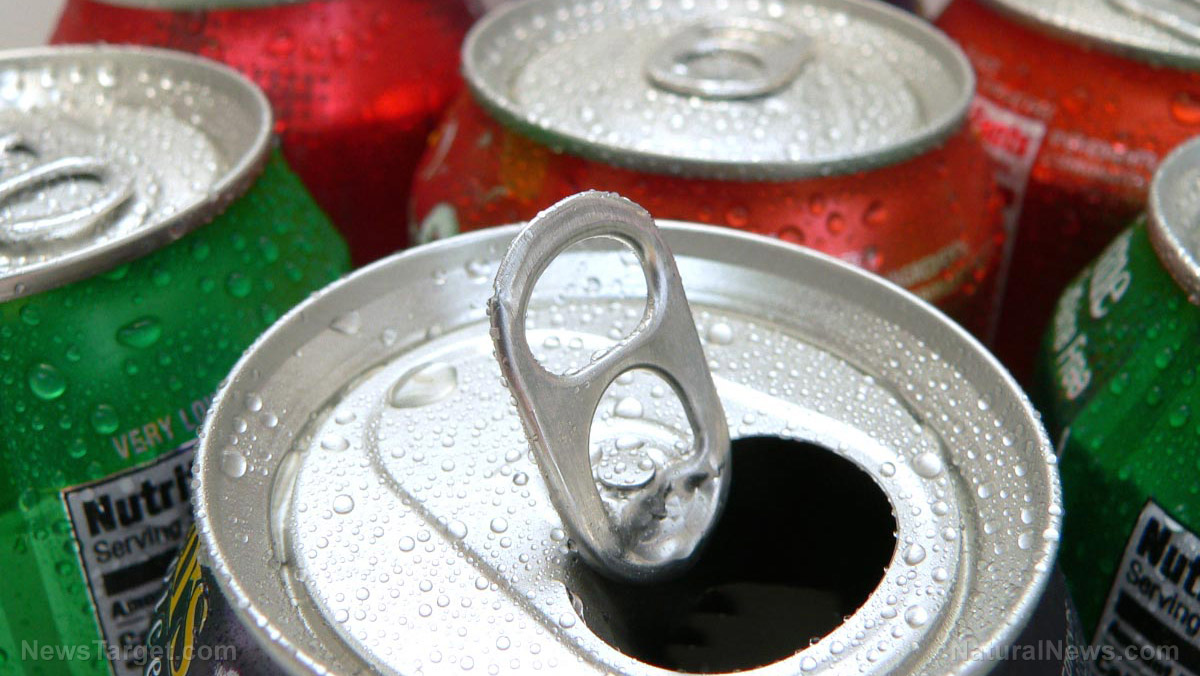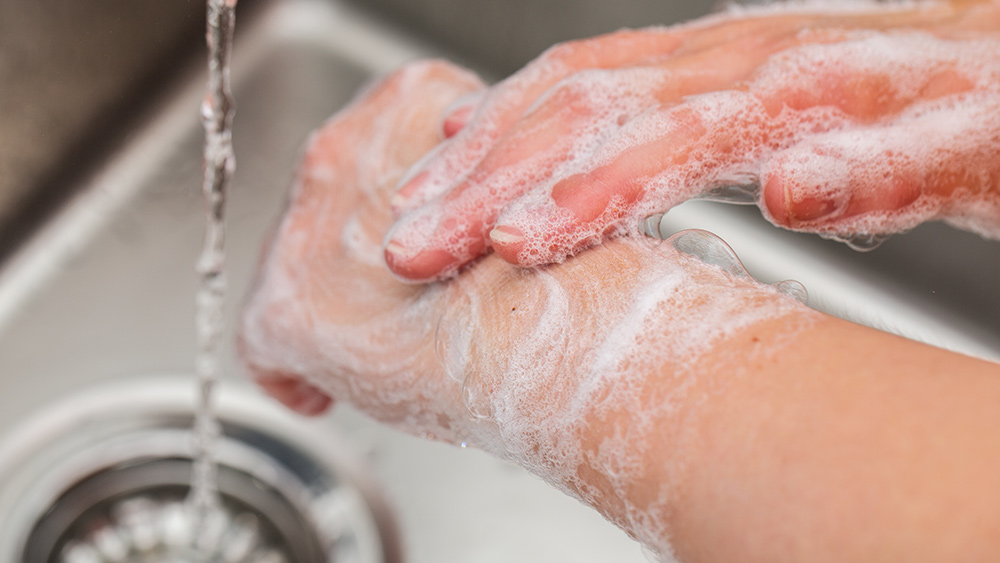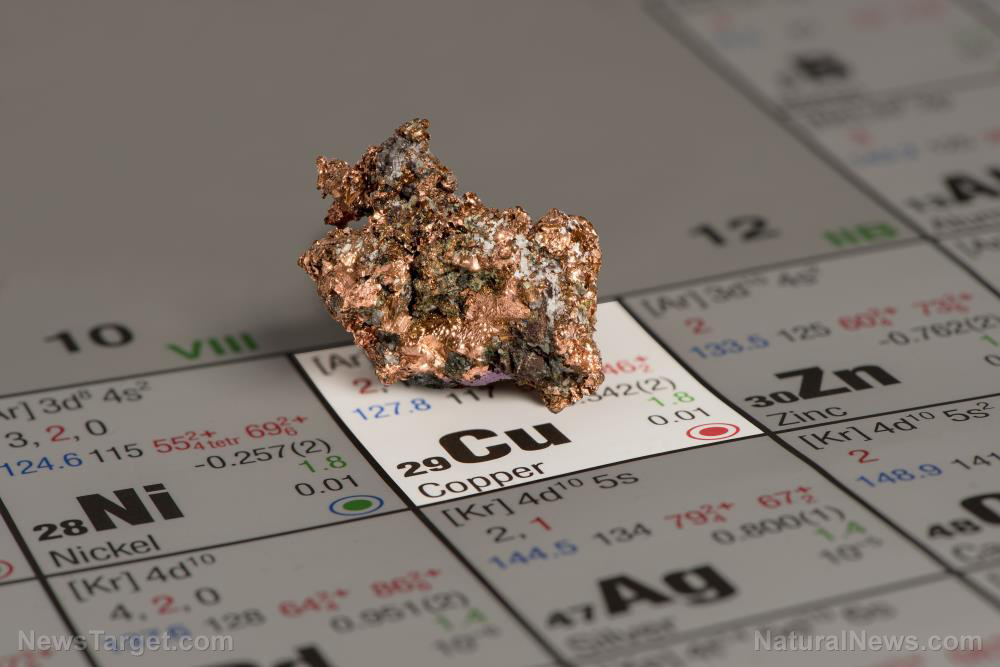Homesteading 101: How to conserve water on your property
By zoeysky // 2021-09-13
Tweet
Share
Copy

Maintaining a homestead is no easy feat, and it can sometimes be an expensive task as well. But there are many ways to save money on your property, especially if you know how to manage your resources wisely.
Read on to learn how to conserve water and reuse gray water on your homestead. (h/t to HomesteadLady.com)
Some of the methods detailed below can be started within a week or so but others require some planning.
Why conserve water?
If you live in an area that often experiences drought cycles, water shortages, or contaminated water supplies, conserving water can benefit you as a homesteader. And if you live in an apartment in the city, conserving your resources can also help reduce your water bills, which can mean great savings in the long run. Conserving water is a task that requires hard work but it's worth it just like other homesteading activities such as gardening or caring for livestock. Water conservation may require special equipment, depending on the system you choose. Your chosen equipment will also have a start up cost. And if you're harvesting rainwater, the weather isn't always dependable. Thankfully, conserving water on your homestead is more about using water wisely instead of cutting back on water use.How to conserve water at home
Whether you live in a cramped apartment or in a spacious homestead, these tips will help you conserve water at home:- Turn off the water when you’re not using it. If you're brushing your teeth or washing your hands, turn it off then turn it back on when it’s time to rinse.
- When you boil water or change out the dog’s water, don’t throw away the water. Reuse it to water a plant or put it on your compost.
- Use low-flow faucet adapters to reduce the amount of water coming out of the tap.
- Install a hand pump for your well in case SHTF.
- If you're trying to go off-grid, install a hand pump in the kitchen to replace your standard plumbing. (Related: Self-sustainability and independence: A beginner’s guide to living off the grid.)
- Hand wash your clothes and dishes to reduce overall water consumption.
- Reuse gray water.
Conserve water by reusing gray water
Gray water refers to the used water that comes out of your home, but this doesn't include blackwater or sewage water from the toilet. Gray water comes from sources like:- Bathroom sinks
- The kitchen sink
- Showers
- A washing machine
- Put a bucket in the shower with you to capture some of the water that falls as you clean yourself.
- Place a bucket under bathroom sinks and remove the J-pipe underneath to drain the water into the bucket.
- Let the drain water from your washing machine empty into a bucket or an outdoor gray water pond built for that purpose (laundry-to-landscaping).
- Use it to fill the tank in your toilet.
- Use it to water trees and perennials with established root systems.
- Use it for your compost pile.
How to conserve water in your garden
Your plants need a lot of water, but these tips can help you conserve water in your home garden:- Don't water plants on windy days because it might be hard to reach your target in the garden.
- Don't water your plants during the hottest part of the day. This will help prevent scorching on your plants and prevent water from evaporating back into the atmosphere.
- Use drip irrigation instead of overhead watering to preserve plant health and conserve water. Drip irrigation can also help control unwanted weed populations because the water is delivered directly to the target plant.
- If you live in a desert, don’t grow bananas or other plants that require a lot of watering.
- Replace the grass on your lawn with perennial bushes and fruit trees.
- If you don't have enough space for a backyard garden, start a container garden so the watering can be targeted and precise.
- Heavily mulch growing beds. This will retain water in the soil where the roots are.
- If you have a container garden, build self-watering containers to see if they suit your gardening style.
- Practice companion planting or guild planting to grow several plants in the same space with many functions.
Use rain barrels to conserve water in a small space
Rain barrels are best for small-space homesteaders. This method involves the use of barrels to harvest rainwater that can be used in your garden or around your house. Here are several suggestions on how to use rainwater:- Water your lawn and garden.
- Wash your cars.
- Refill fish ponds.
- Refill swimming pools,
- For indoor non-potable fixtures like toilets and washing machines.
- For industrial processes instead of municipally treated water.
Set goals to effectively conserve water
All these suggestions may seem overwhelming but choosing the method that best suits your needs and planning ahead will be helpful. Once you're done with your research, choose three areas of water management and storage that you want to explore in the next six months. Write these down in a journal. Make sure one of the areas you chose concerns water storage in your home, car, or on the homestead. Add up the cost of containers and any other equipment, then start saving up for it. Plan a schedule for purchasing, filling, storing or setting up your water storage. After six months, complete these three goals and set three more for the next six months. If your homestead is in an area that doesn't experience droughts, conserving water is still beneficial if you want to save money on your bills. Visit Homesteading.news for more tips on how to run an efficient homestead. Sources include: HomesteadLady.com WaterCache.comTweet
Share
Copy
Tagged Under:
preparedness water prepping survival water conservation SHTF prepper homesteading off grid sustainable living tips water supply self sufficiency how-to
You Might Also Like
Study suggests consuming sugary beverages can increase your heart disease risk
By Joanne Washburn // Share
Top 10 things to AVOID to achieve healthy immune function
By S.D. Wells // Share
By Divina Ramirez // Share
DIY prepper supplies: How to make non-toxic foaming hand soap
By Mary Villareal // Share
Prepping 101: What are the best states to live in during a pandemic?
By Mary Villareal // Share
Recent News
REPORT: Over 40 million Americans turn to ChatGPT for medical advice
By lauraharris // Share











